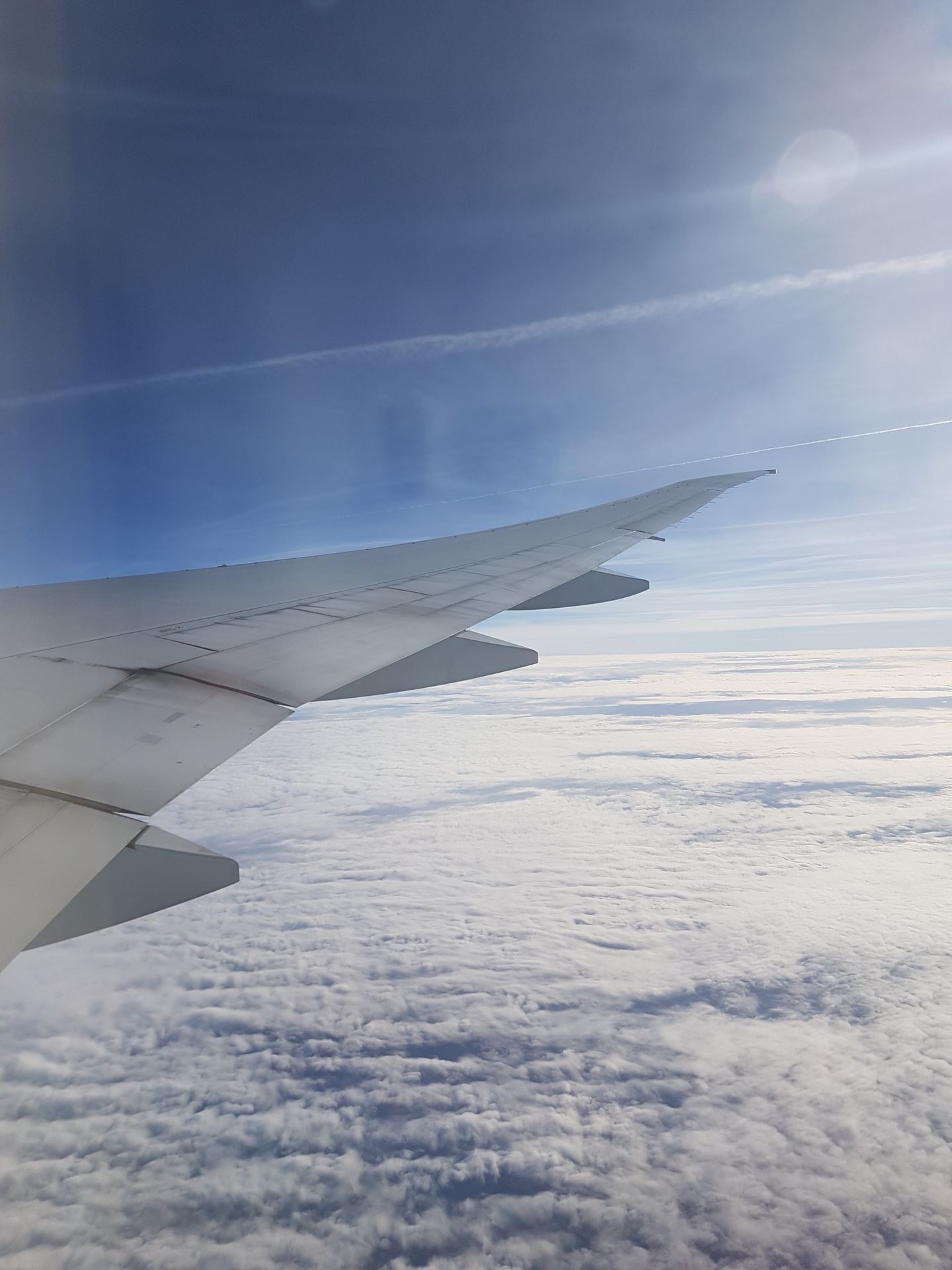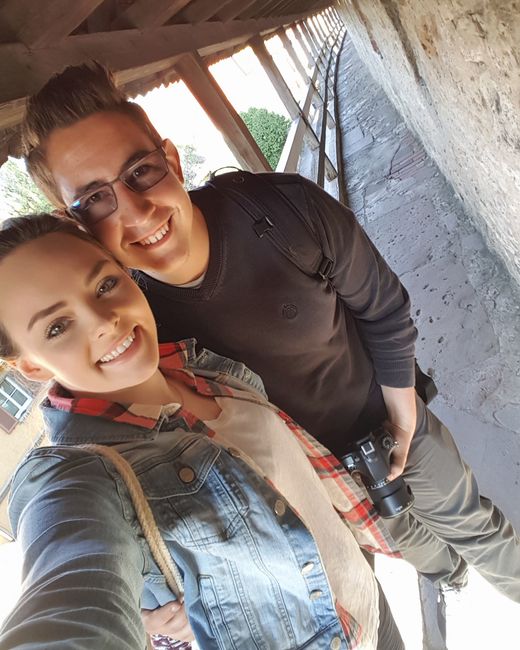28/04/2018 - Seals and Paua Shells
E hatisitsoe: 29.05.2018
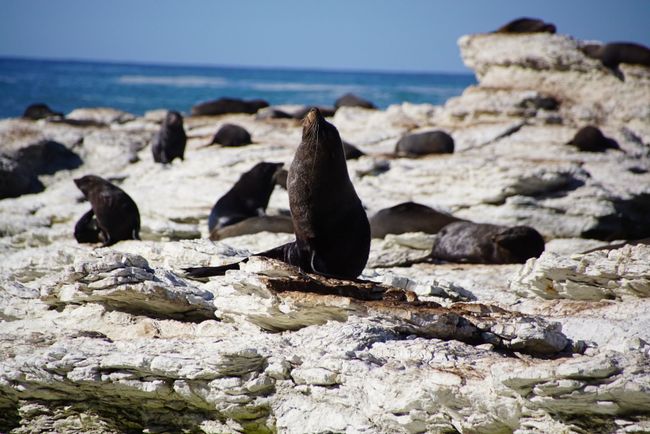
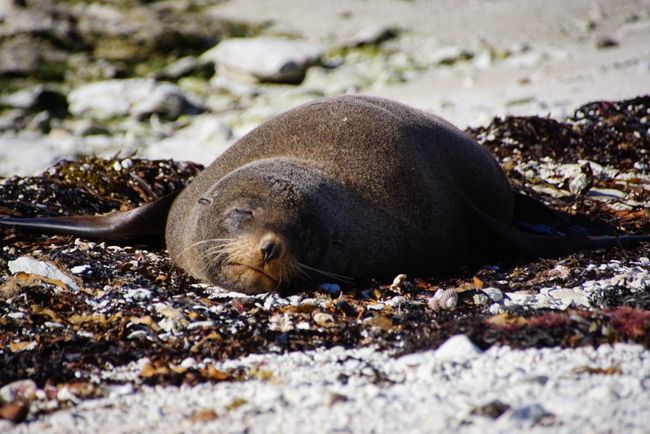
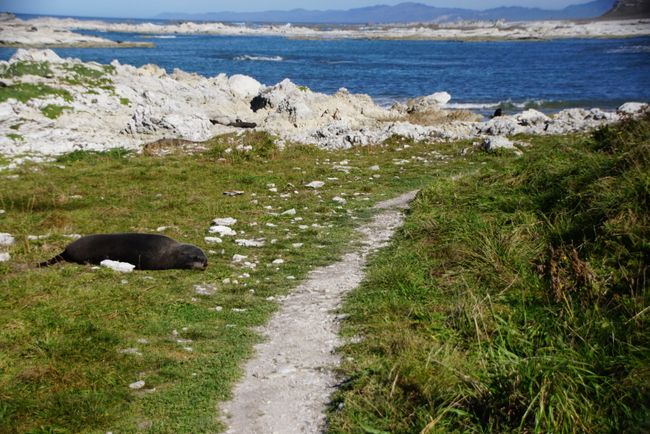
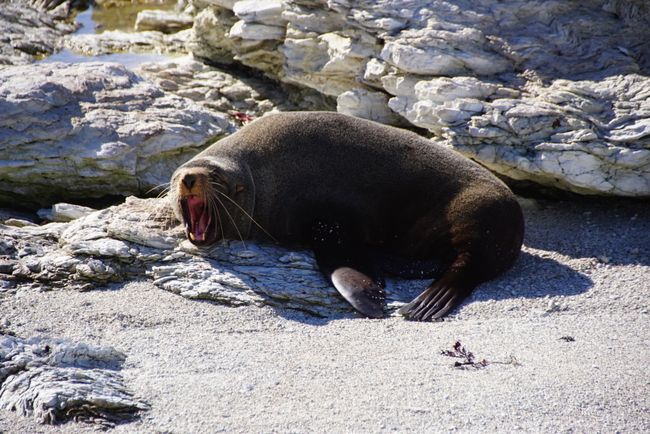
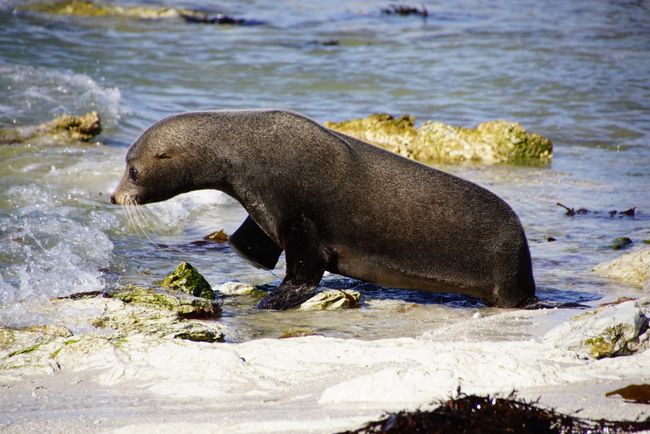
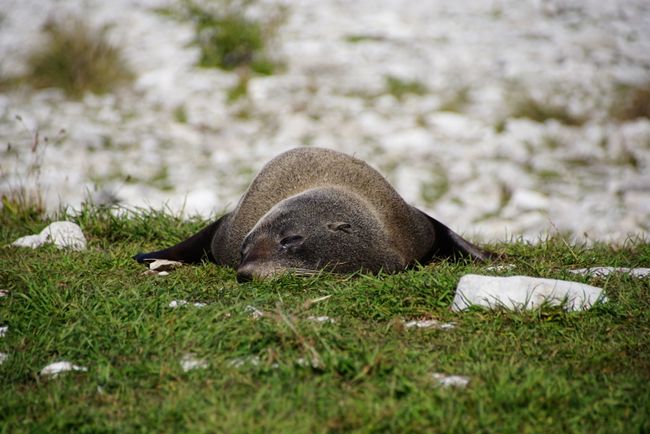
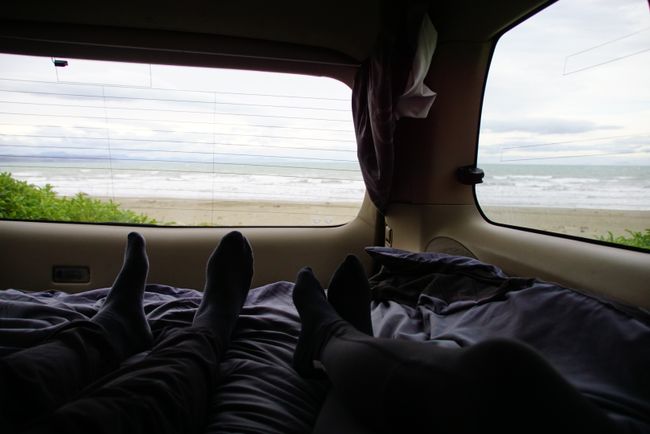
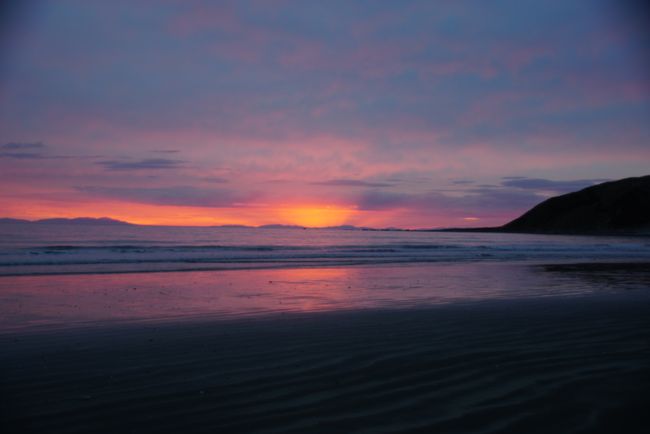
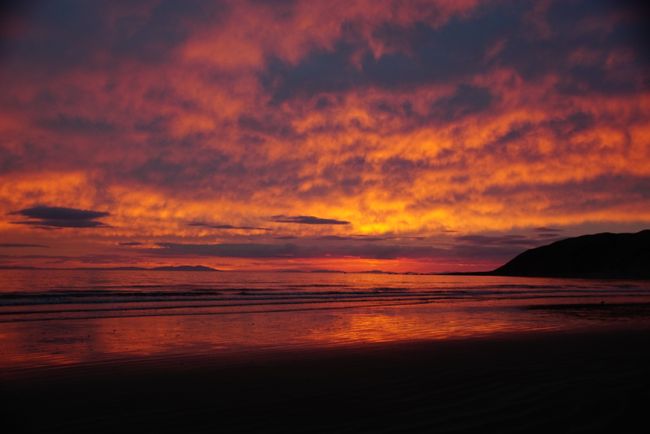
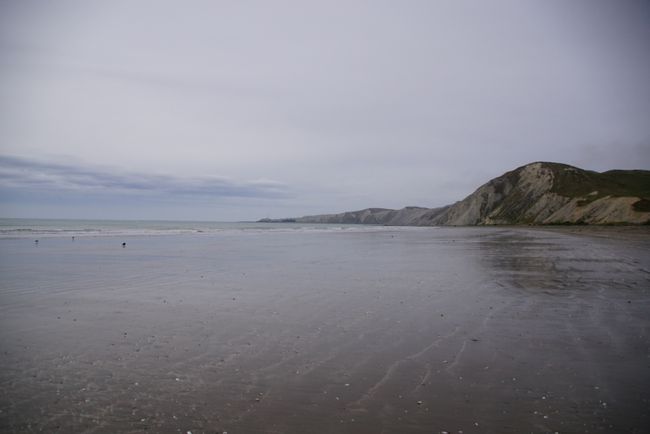
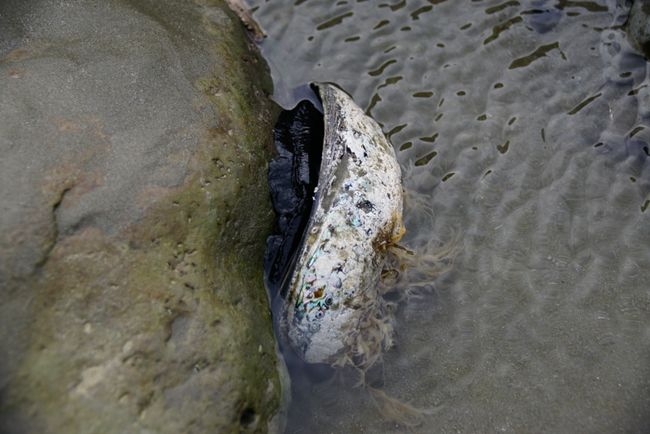
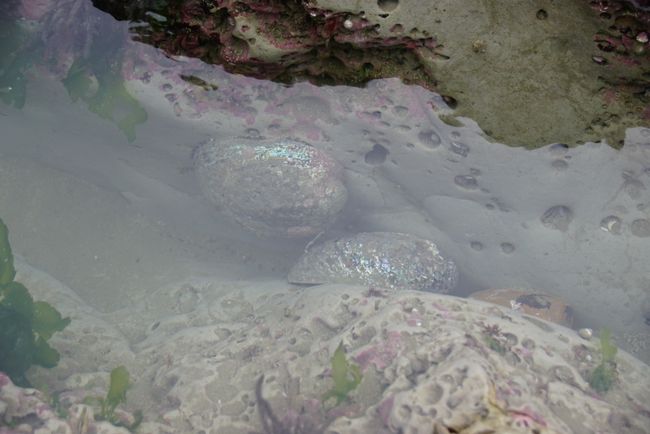
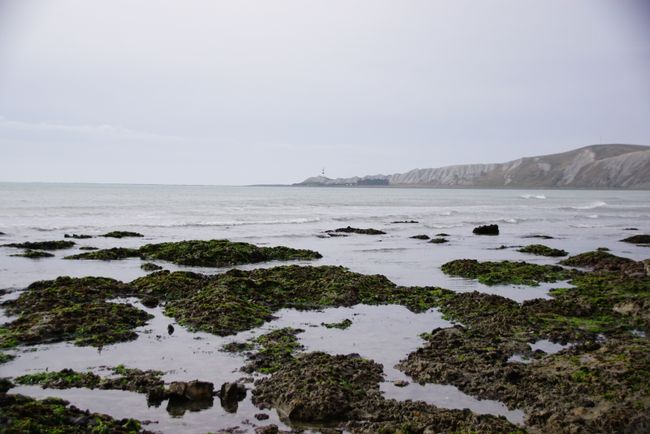
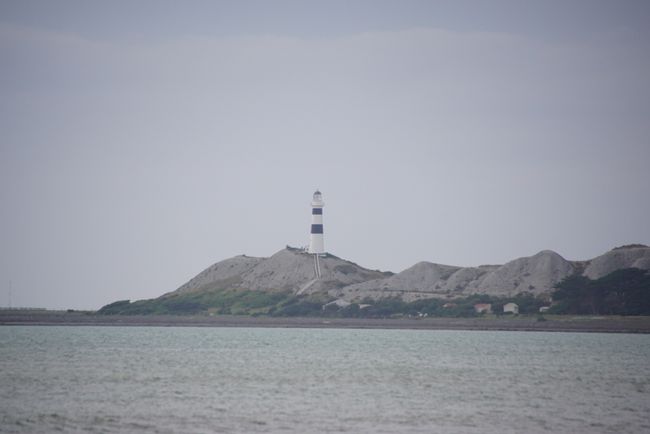
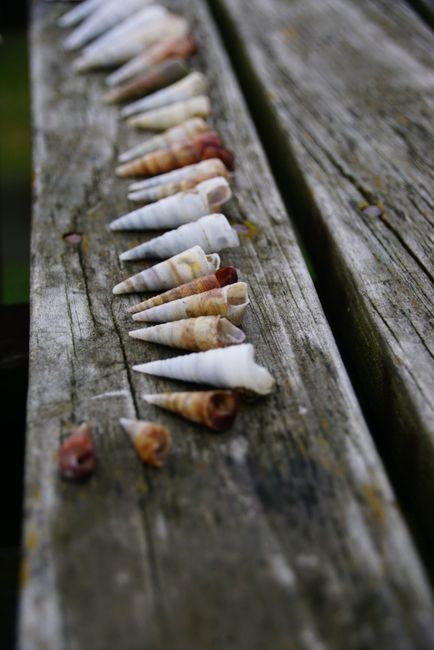
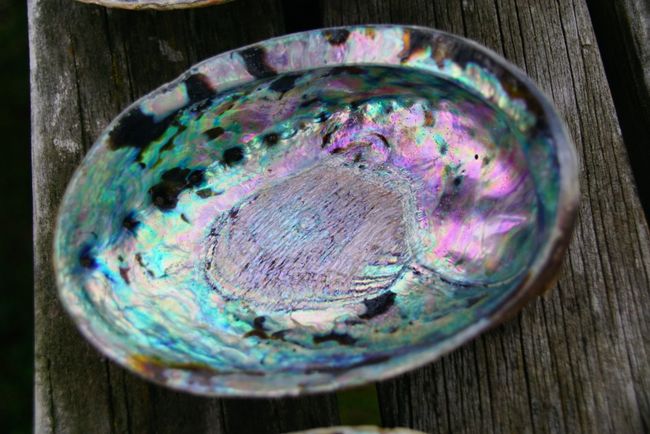
Ngolisa ho Newsletter
After breakfast, we drove to the nearby coast. Three months ago, we visited the local seals. After an earthquake in 2016, a large layer of rocks emerged, providing enough space for the New Zealand fur seals. During our last visit, we observed the animals both from the beach and from the water. We were looking forward to watching the seals in their natural environment in "Kaikoura". As soon as we arrived, we were greeted by a female seal, which preferred to lie on the sidewalk. This tempted the approaching tourists to get close to the animal. However, we walked (shaking our heads) out onto the spit of land. The area offers many hidden corners and niches, so we had to be very careful where we stepped in order to not get too close to a seal.
After a successful observation, we continued walking along the coast. Along the way, we came across several starving seal pups. Definitely not a pleasant sight. The further we went, the more intense the typical seal smell became. Suddenly, they were scattered everywhere - some on the hiking trail, others on the rocks, and a few swimming in the sea. We found places to sit and watch the animal activity. It seems that the seals are hardly stressed when people are nearby. They only give a tired look to the furry marine residents. (But that can change suddenly if the human gets too close to the seal!)
After a beautiful and relaxing day, we fired up the grill in the evening. Various grilled vegetables and bread landed on the hot grate. We also had feta cheese and salad. Yummyy! ;)
The next morning, we were drawn to visit the colony one last time. With heavy hearts, we said goodbye to the seals, knowing that we probably wouldn't see the animals again in such a free environment.
The positive experiences we had at "Paia Point" motivated us to visit another minimalist campsite. This time we headed to "Marfells Beach" located north of Kaikoura. New Zealand's Department of Conservation (DOC) provides many of these sleeping spots for campers. For $8/4.70€, the campsite offers two pit toilets, a cold water shower, and a dishwashing area. There is no drinking water, but there are front-row parking spots with a clear view of the sea. With the car packed in reverse, the panorama from the rear window was perfect.
The next morning, the burning sky lured us out of the car. With the camera in hand, we ran to the beach to capture the stunning sunrise.
Preparing our breakfast today proved to be a bit difficult. It was a battle between the wind and the gas flame. The flame had trouble staying upright, but ultimately won the argument. After a large bowl of porridge, we set off on a hike. If you follow the coastal section for a while, you will reach "Cape Campbell Lighthouse". However, the hike is only possible at low tide, as the route runs completely along the beach. After a brief consultation with the responsible ranger, we still had plenty of time to reach the lighthouse. So we set off shortly after. On the way, we collected smaller seashells. Many tower shells could be found on the beach - they resemble an ice cream cone.
Somehow, we have the feeling that every beach in New Zealand has its own shell shape. We don't know if this is true or just a feeling, but we haven't found the "ice cream cone shell" in such abundance anywhere else so far.
Three-quarters of an hour later, as we walked along the seemingly endless beach, the lighthouse appeared in the distance. Just as we were about to walk over a slightly rugged section of the beach, Tobi discovered a "Paua Shell". In the "Catlins", we found our first glowing shell halves and were thrilled. The hunting instinct was awakened. We climbed over the rocks to find more specimens. One of them was stuck under a boulder. We tried to loosen it with a stick and stone. Unsuccessfully, because the shell noticeably clung to the stone!? It turned out that the Paua Shell does not consist of two halves as expected, but rather contains a black marine snail. Completely perplexed by this discovery, we even discovered more living Paua Shells that vehemently resisted separation. Of course, we left the creatures sticking unharmed to the stone.
After further research, we learned that they are very threatened around Kaikoura and must neither be caught nor distorted!
Meanwhile, the lighthouse was completely forgotten. After finding a few uninhabited shell halves, the increasing, cold wind convinced us to turn back. After an hour of walking, we reached the car and left the beautiful Marfells Beach behind. We drove along the State Highway to "Blenheim". Once there, we checked into the campsite and enjoyed the warm, five-minute shower for $1. Freshly showered, we visited the star of the facility: Eddy - The Eel. :) The large eel and his friends populate part of the river and are happy to receive visitors. However, since we didn't have any food for him, his attention quickly faded.Ngolisa ho Newsletter
Araba

Litlaleho tsa maeto New zealand
